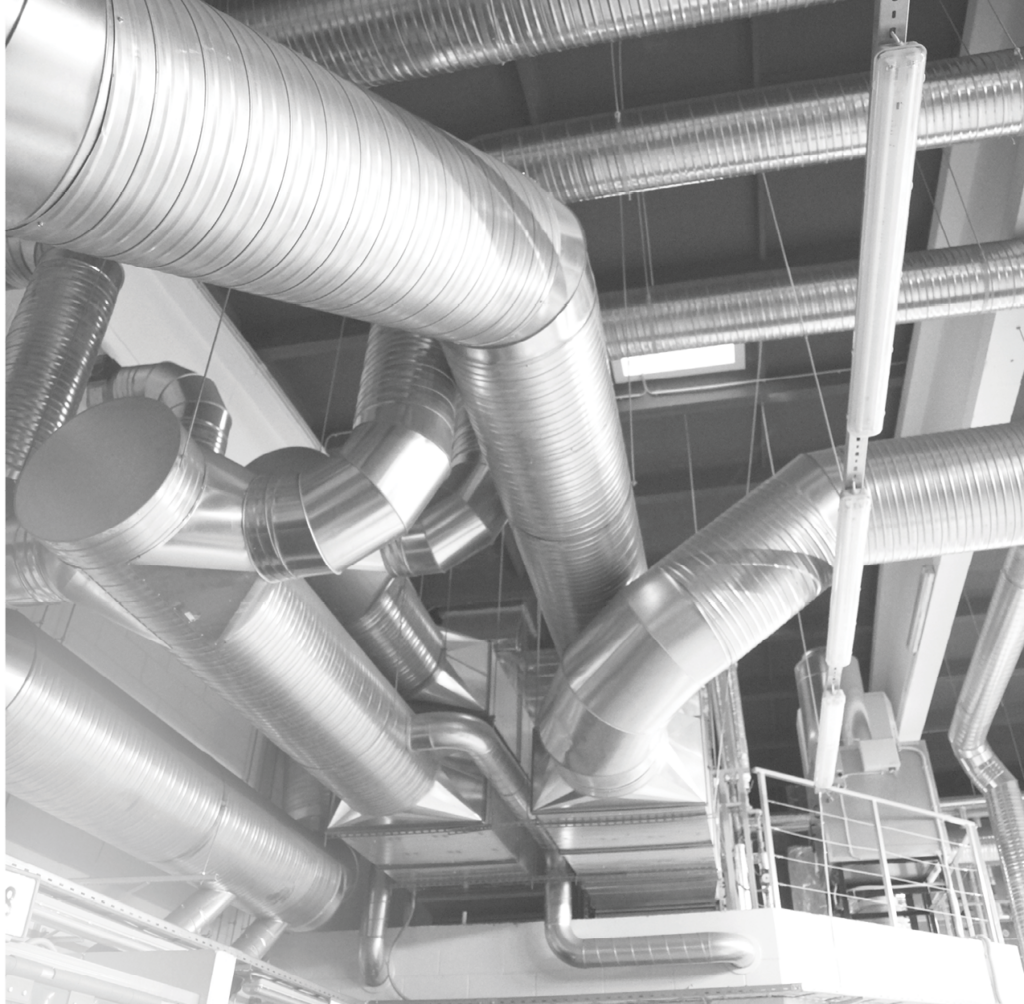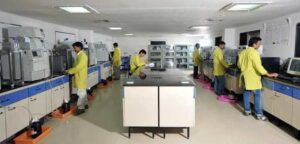The Murphy Company Design-Build team was tasked with designing a project for the General Services Administration (GSA) to reduce energy consumption in two buildings: a 70-year-old lab/office facility (Building 20), originally constructed as a warehouse in the 1940s, and another facility (Building 95), built in 1995, which was experiencing extreme negative pressure.
Challenges and Solutions:
- Design Challenges:
- The design team faced the challenge of reducing energy rates while adhering to strict laboratory heating, cooling, and airflow requirements.
- Construction Challenges:
The construction team had to navigate an occupied building with tight installation spaces while ensuring the heating system was operational by fall.
Building 20 Highlights:
- Boiler Replacement:
- The design and construction teams worked together to demolish the old boilers and install new ones. By collaborating with the foreman and pipe fabrication manager, they designed a piping system requiring only three field welds, with the rest fabricated in the shop.
- VAV System Installation:
- Heating coil installation for the new VAV system had to be done at night due to building occupancy. With careful pre-planning, a two-crew team installed 12 new coils in six days.
- Change Order Execution:
- A change order towards the project’s end required installing two new chilled water pumps and 12 chilled water control valves. An eight-person crew completed the work over weekends ahead of schedule.
Building 95 Highlights:
- Solar Panel Installation:
- Our team installed solar panels to heat the domestic hot water system. A two-person plumbing crew collaborated with the solar vendor and Murphy designers to complete the work.
- Negative Pressure Reduction:
- The Design-Build team worked closely with the building manager and lab personnel to reduce airflow rates in 14 labs, alleviating the negative pressure issue and laying the groundwork for further rate reduction in other lab rooms.
By leveraging meticulous planning, teamwork, and innovation, the Murphy Company Design-Build team effectively addressed the unique challenges presented by these aging facilities, delivering a high-quality solution that reduced energy consumption and improved building performance.




